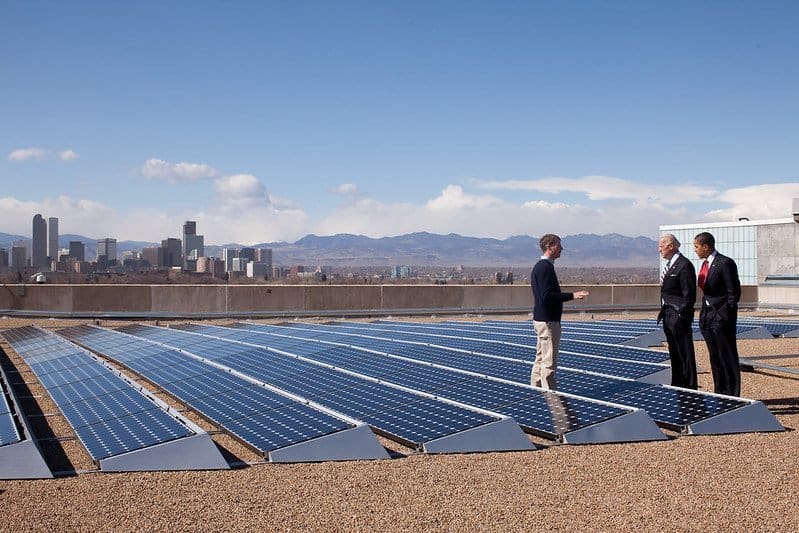Welcome back to The Fixer, our weekly briefing of solutions reported elsewhere. This week: farmers and nomads in Darfur find common ground. Plus, coal country students go solar and Wall Street takes a step back from fossil fuels.
United by water
Two hardships of life in rural Darfur are the lack of water and the threat of violence, both exacerbated by climate change and a brutal war that has dragged on since 2003. As the available land — and with it, water — grows ever scarcer, conflicts have flared between settled farmers and camel-herding nomads competing for resources. An attempt to solve both problems at once is showing promise: community-built dams along a seasonal river near El Fasher, the capital of Sudan’s North Darfur state.
The dams, built in collaboration between the two groups, have created water sources that the nomads use along their 600-mile migrations, and that the farmers use to irrigate their fields. By giving the nomads clear routes through the farmland, the project has also brought cooperation as the passing herders sell milk and meat to the farmers, and the farmers offer the herders refuge and harvested crops.
“It was an opportunity to rebuild the old relations,” said one of the farmers of the face-to-face contact. “The government fueled us to fight against each other, but we have realized we were being misused,” said another. In a sign of progress, last September the nomads invited a group of the farmers to one of their weddings. The fields, for their part, have reached new heights of productivity: land that used to support 150 farmers now supports 4,000.
Studying solar
Many a graduating high school senior in Colorado’s Delta County used to take a job in the local coal industry. That was before two of the county’s three mines closed. Now, they’re either forced to look further afield for coal work, or often, set their sights on a local, lower-paying service industry job.
So several years ago, one of the area’s science teachers began teaching a class on solar arrays: how to build them, install them and make money from them. Described as having a “mad scientist vibe,” teacher Ben Graves wanted to get more of his students on a path toward the electrical trades, where they can earn a living in the area’s fast-growing solar industry.

His efforts have benefitted not just his students, but the school’s budget. In the past four years, Graves’ classes have installed two solar arrays behind the high school. (This year, for their final project, they’ll disassemble one of them and rebuild it.) These arrays now provide 10 percent of the school’s weekday energy demand. “The facilities folks at first waved it away as a class project,” Graves said with a laugh. “Now, maintenance sees it as a real way to reduce demand charges.”
Read more at High Country News
Banking on the climate
Will Wall Street save the climate? Let’s not go overboard, but according to an article in the Atlantic, some of America’s biggest banks are beginning to act a little more responsibly.
Last month, Goldman Sachs changed its protocols around under-writing fossil fuel projects. Among those changes were a refusal to finance oil exploration or drilling in the Arctic. It follows other banks like Barclays and Societe Generale. It also committed to spending $750 million on what the magazine calls “clean energy and climate-adjacent areas” over the next ten years.
Time will tell if the big investment firms are willing to make the changes that will make a real impact, but any shift away from fossil fuels is a positive development.






